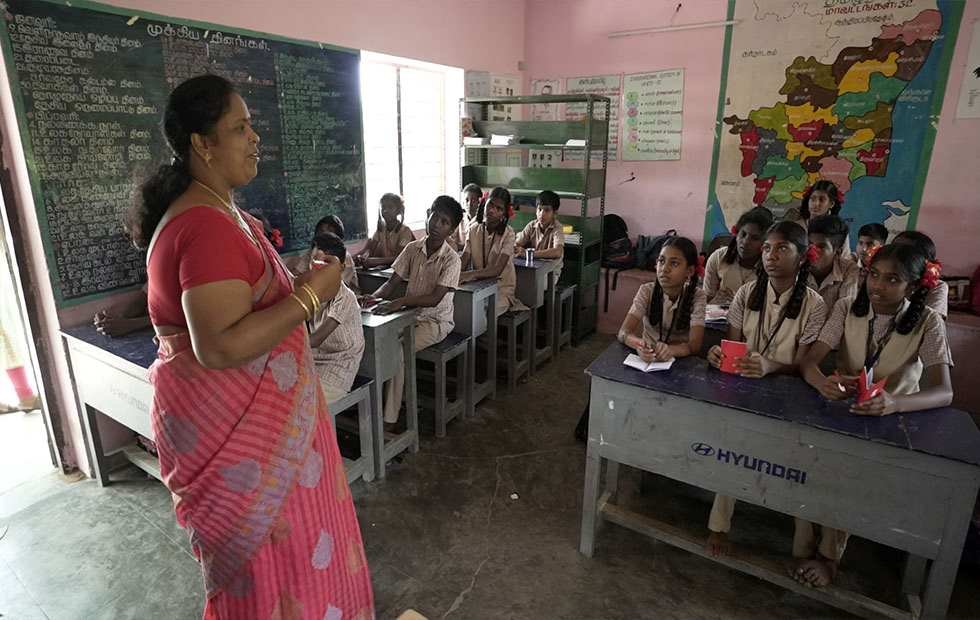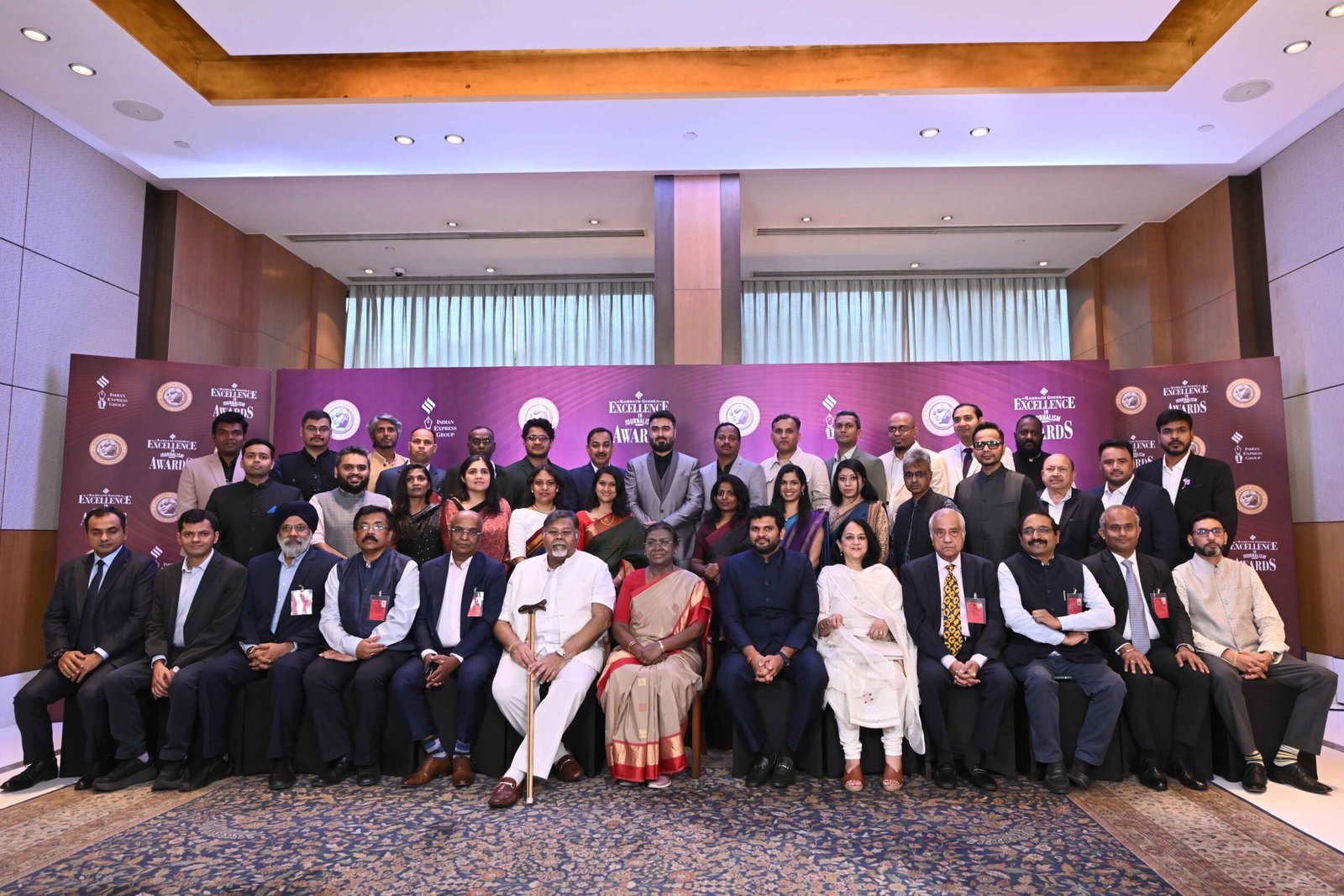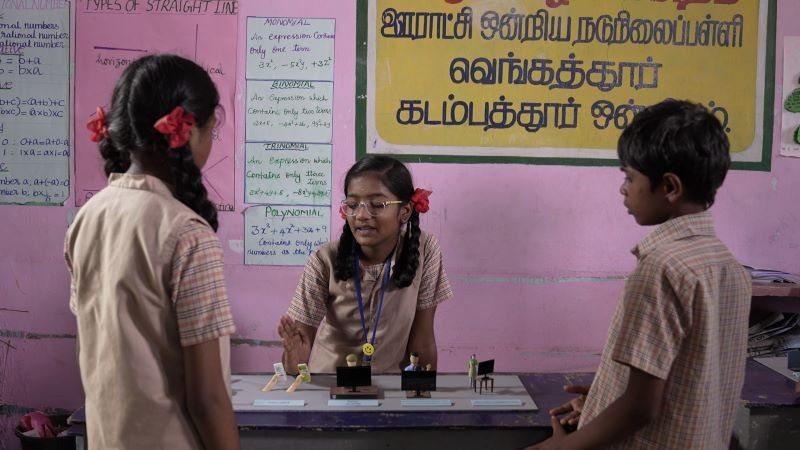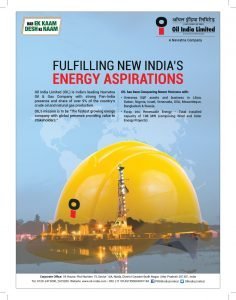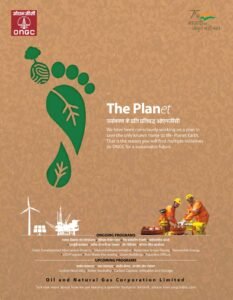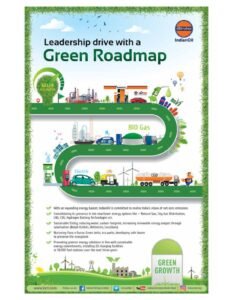INITIATIVE
For a greener and sustainable future
Green Ecofield is trying to bring technical innovations in the field of wastewater treatment and solve the problem of water shortage
Green Ecofield India, a joint venture between Ecofield SRL Italy promoted by Armando Bedendo who is also the inventor and European patent holder for Hydronova and Green Gardens India, promoted by Dr. Amrutraj also awarded for excellence in Agri Exports is an agri-centric company, based in Doddballapur, Bangalore. Primarily dealing with the export of processed and fresh vegetables, Green Gardens has been awarded by Eurasian Economic Congress for its Brand Impact. The Green Ecofield India’s goals are: to overcome scarcity of water by helping water treatment plants to automatically monitor the quality of the water output after treatment; solve the increasing demand of water day by day and improve the water shortage by helping hazardous chemical industries to reduce the output of chemicals in water; bring technical innovations in the field of wastewater treatment, among others.
The company aims at reducing grey water footprints for a greener and sustainable future. Water footprint is measurement of the amount of water used to produce each of the goods and services we use. It can be measured for a single process, such as growing rice, for a product, such as a pair of jeans, for the fuel we put in our car, or for an entire multinational company. It can also tell us how much water is being consumed by a particular country – or globally – in a specific river basin or from an aquifer. The different water footprints include:
Green water footprint is water from precipitation that is stored in the root zone of the soil and evaporated, transpired or incorporated by plants. It is relevant for agricultural, horticultural and forestry products.
Blue water footprint is water that has been sourced from surface or groundwater resources and is either evaporated, incorporated into a product or taken from one body of water and returned to another, or returned at a different time. Irrigated agriculture, industry and domestic water use can each have a blue water footprint.
Grey water footprint is the amount of fresh water required to assimilate pollutants to meet specific water quality standards. The grey water footprint considers point-source pollution discharged to a freshwater resource directly through a pipe or indirectly through runoff or leaching from the soil, impervious surfaces, or other diffuse sources. The company has a solution in the form of Hydronova, which is an automatic chemical analysis machine to evaluate the wastewater treated in depurating plant. Monitoring of the integrated cycles of water is done through photometric multi-parametric online analyzer. Hydronova operates on different analytical configurations.
Hydronova 20.10 helps in online monitoring of anionic and not ionic surfactants, ammonia, nitrites, nitrates ortho- phosphates, total phosphates, nickel, aluminium, manganese, cyanides, turbidity sulphides, sulphates, sulphites, residual chlorine, chlorides, iron, copper phenols, chromium vi and zinc. It is simple and reliable and the mineralization takes place at room temperature with an ultraviolet oxidation photochemistry technique (UVC).


